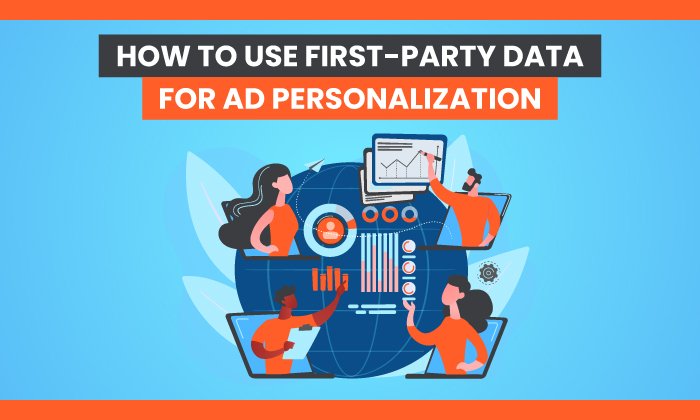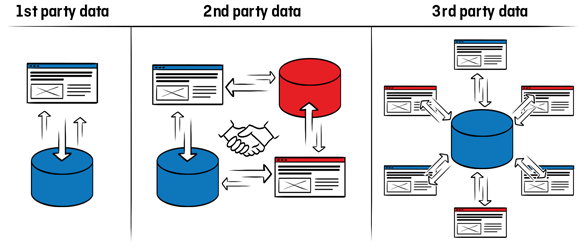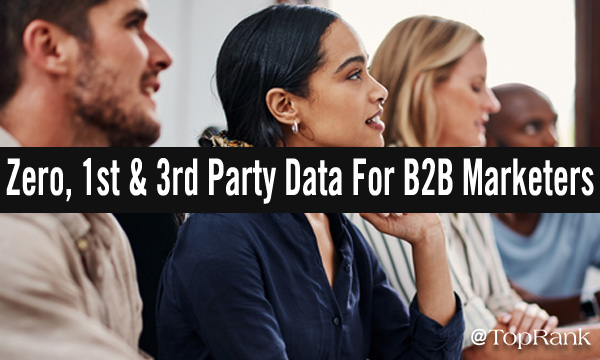How to Use First-Party Data for Ad Personalization

By Neil Patel
Have you ever felt like someone was watching you online? Those shoes you just searched for on Amazon suddenly show up in ads on Facebook. Maybe you start seeing ads on YouTube for a resort you were researching for an upcoming vacation.
The truth is, you are being watched. In fact, marketers have used cookies to track the actions of internet users for years—but that may soon change. Google announced they are ending the use of third-party cookies. As a result, most businesses will have to rely on first-party data for things like ad targeting.
What does that mean for your marketing strategy? It might not be as bad as you think.
Here’s what you need to know about first-party data and how to use it to create targeted paid ads. (Spoiler alert: It might actually be better for your PPC strategy in the long run!)
What Is First-Party Data?
Before we dig into what this change means for your paid ads, let’s talk about the different types of data companies use in marketing.
First-party data is information companies collect from their own sources about their customers. For example, the data from your website tracking tool, your email subscribers, or surveying your audience.
Second-party data is when two or more organizations come together to mutually share their data. Third-party data is collected by one source, often aggregated, and then sold to a third party who has no connection with the original source.
To summarize:
- first-party data: data you collect about your customers or site visitors
- second-party data: data you and someone else pool together
- third-party data: data collected by one party and sold or shared with an unrelated third-party
What Is the Difference Between First-Party Data and Third-Party Data?
Third-party data, the type Google is phasing out, refers to data collected from (as you might have guessed) a third-party, meaning a site or entity without a direct relationship with the original source.
Third-party data is collected, aggregated, and sold to other parties. The problem is the brands buying the data have little idea where it came from.
There are other issues, too. For example, you can buy third-party data, but so can your competitors. That makes it hard to be competitive.
This chart helps illustrate the difference between the different types of data.

Why Is Third-Party Data Being Phased Out?
The main reason third-party data is being phased out is due to major security and privacy issues.
David Temkin, Director of Product Management, Ads Privacy, and Trust at Google, shared,
People shouldn’t have to accept being tracked across the web in order to get the benefits of relevant advertising. And advertisers don’t need to track individual consumers across …read more
Source:: Kiss Metrics Blog







